Automotive Mechanic Tools
Automotive mechanics use a variety of tools to diagnose and repair vehicles. These tools range from basic hand tools to specialized equipment.
Hand Tools
The most basic automotive mechanic tools are hand tools. These tools include wrenches, sockets, screwdrivers, pliers, and hammers. Hand tools are used for a variety of tasks, such as tightening and loosening bolts, removing nuts and screws, and prying parts apart.
Power Tools
Power tools are used for more difficult tasks than hand tools. These tools include drills, impact wrenches, saws, and grinders. Power tools are powered by electricity or gasoline, and they can make quick work of tasks that would be difficult or time-consuming to do with hand tools.
Specialized Equipment
In addition to hand tools and power tools, automotive mechanics also use a variety of specialized equipment. This equipment includes lifts, scanners, and diagnostic tools. Lifts are used to raise vehicles so that mechanics can work on them from underneath. Scanners are used to read and diagnose problems with a vehicle's computer system. Diagnostic tools are used to test individual components of a vehicle's electrical system.
Types of Automotive Mechanic Tools
The following is a list of the different types of automotive mechanic tools:
- Wrenches
- Sockets
- Screwdrivers
- Pliers
- Hammers
- Drills
- Impact wrenches
- Saws
- Grinders
- Lifts
- Scanners
- Diagnostic tools
By using a variety of tools, automotive mechanics can diagnose and repair vehicles quickly and efficiently.


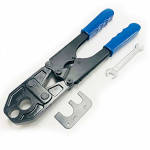




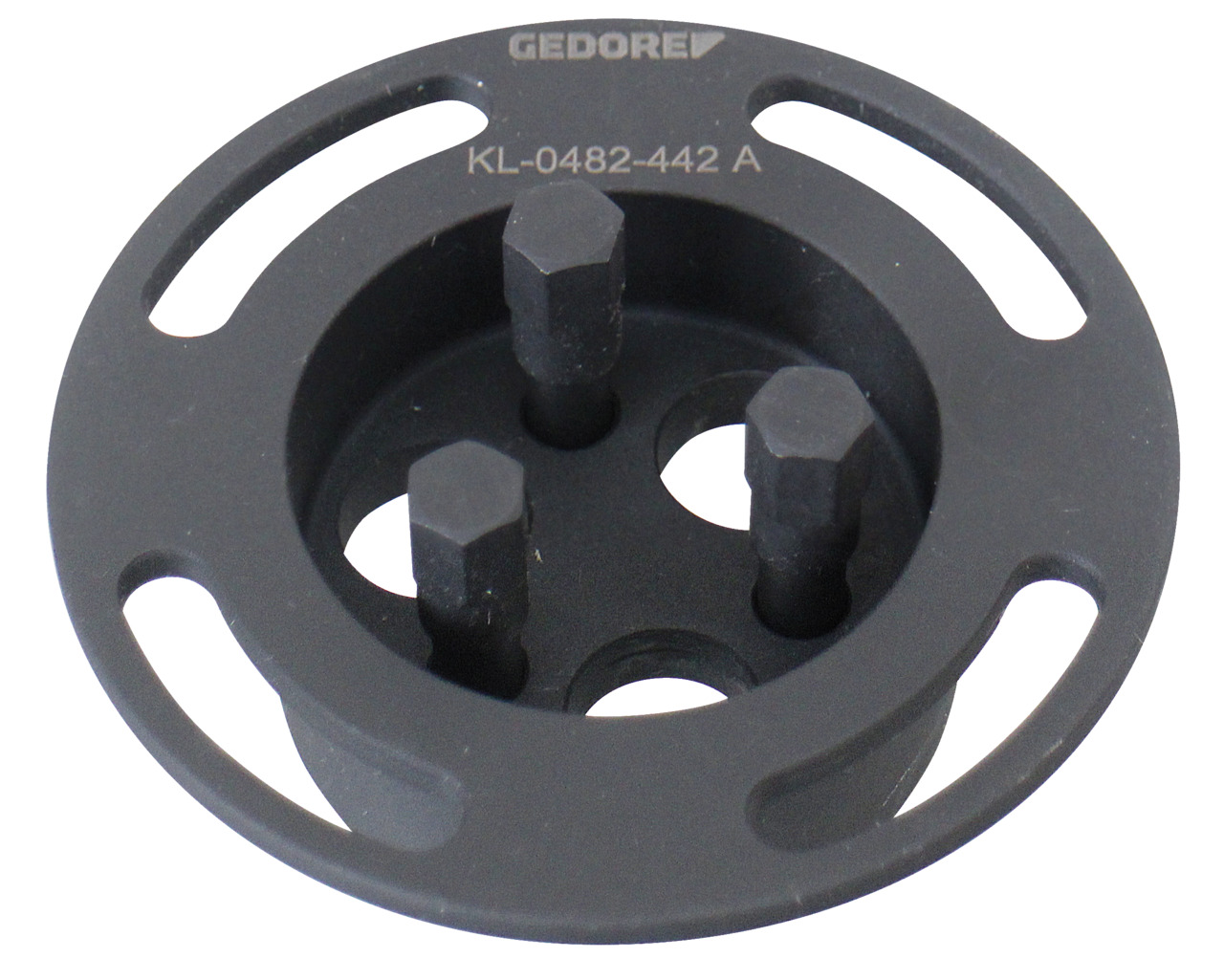

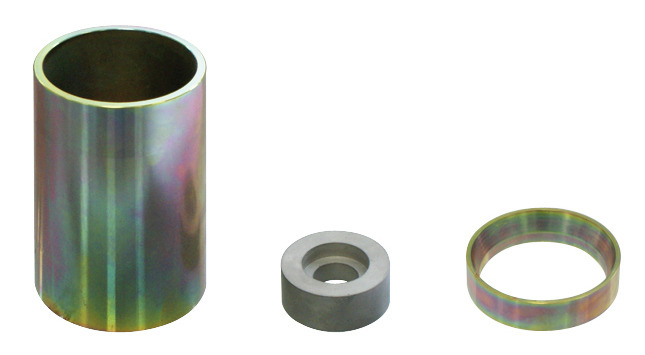
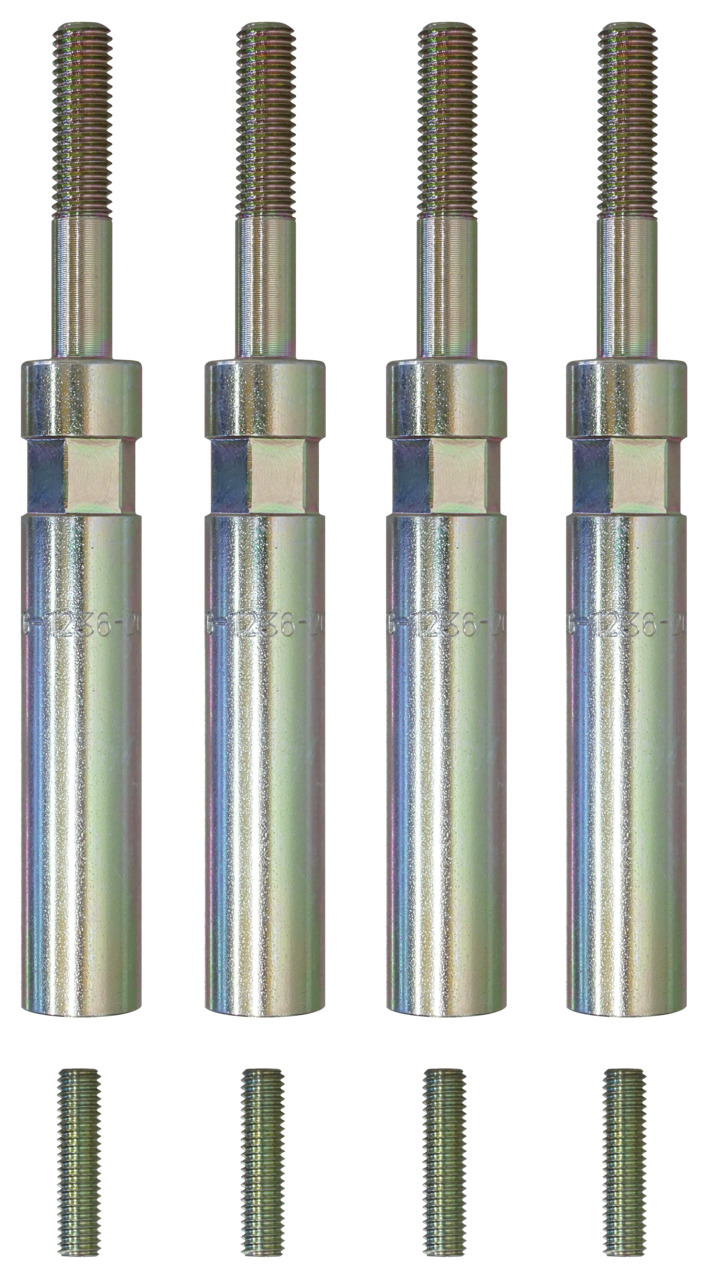

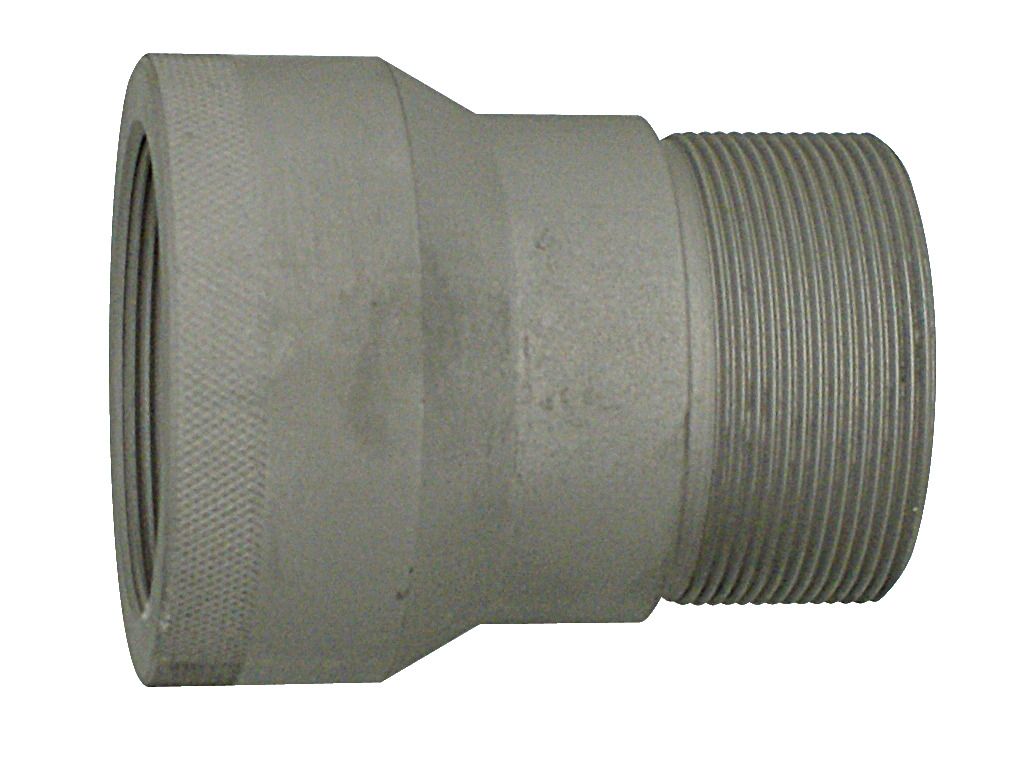


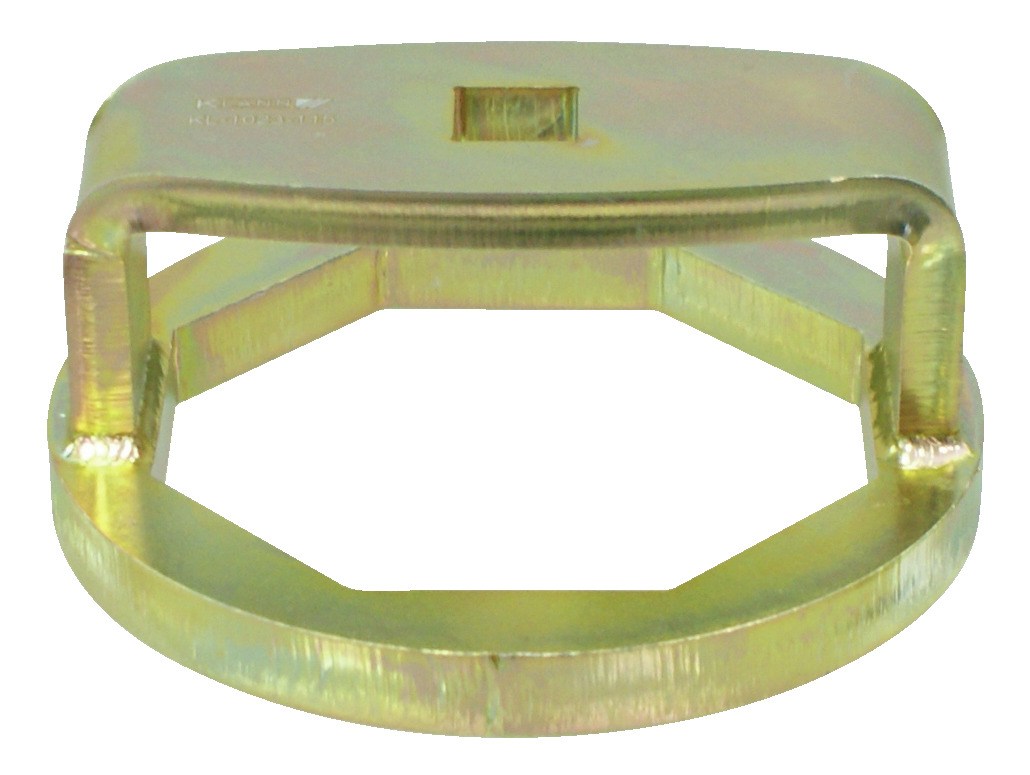
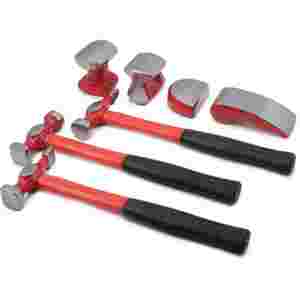



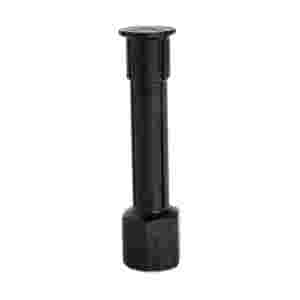

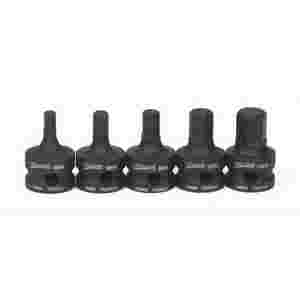
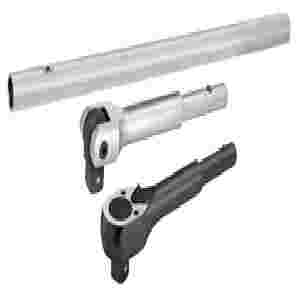
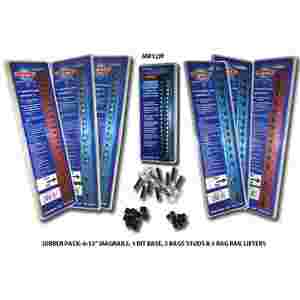

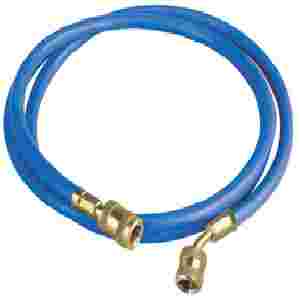



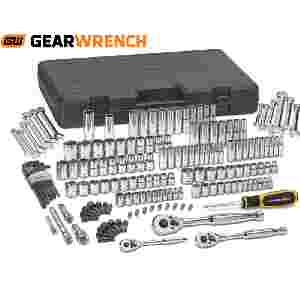

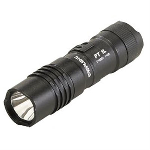


Follow us on social media